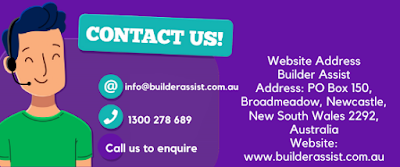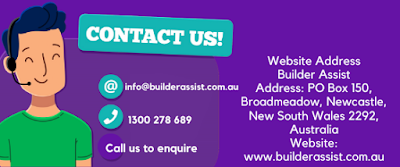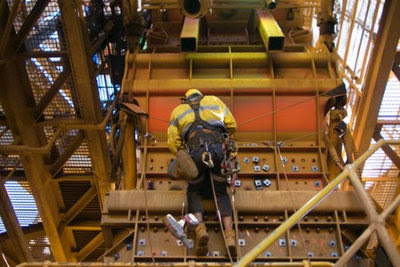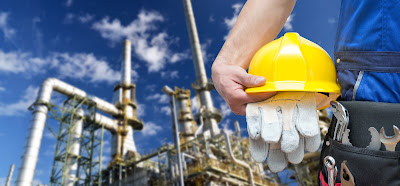Construction sites are a risky area to work. There are always risks that happen and regularly change through the construction procedure. The truth is safety management is the responsibility of everybody on the site, nevertheless, there are lots of sites that don’t have an adequate Work Health Safety Management Plans set up when something does go wrong.
In Australia, the Work Health & Safety (Construction Work) Code of Practice 2015 is the ideal spot to look at and realize what safety management plans and processes you need in place for big construction projects.
If a critical injury does happen on the Construction site, the paperwork will be the first thing that a governing body like WorkCover will ask for. This post is a listing of the code and outlines the important points that everyone should know about when managing or working on a construction site.
The WHS management plan needs to be in writing and set up by the key contractor before the project begins. The safety plan must be understood by each worker on the Construction site and be provided at all times.
View more here: Builder Assist
In Australia, the Work Health & Safety (Construction Work) Code of Practice 2015 is the ideal spot to look at and realize what safety management plans and processes you need in place for big construction projects.
If a critical injury does happen on the Construction site, the paperwork will be the first thing that a governing body like WorkCover will ask for. This post is a listing of the code and outlines the important points that everyone should know about when managing or working on a construction site.
1. What is a WHS management plan?
A WHS management plan is a written list of instructions for controlling site health and safety issues. The plan should describe the hazards related to the job and the variety of procedures that are in place to make sure that the site is kept as safe as possible (e.g. Safety assessments, contractor SWMS authorization, evacuation processes, project risk matrix).The WHS management plan needs to be in writing and set up by the key contractor before the project begins. The safety plan must be understood by each worker on the Construction site and be provided at all times.
2. When do you require a WHS management plan?
Regulation 309 declares that all projects having a construction value of $250,000 or more need to have a written WHS management plan prepared by the key contractor before work begins.3. What needs to be enclosed in a WHS management plan?
The WHS Management Plan needs to include:- Names of people at the workplace whose jobs or functions involve particular health and safety responsibilities, such as site supervisors, project managers, first aid officers
- Agreements for consultation, co-operation, and co-ordination
- Agreements for controlling accidents
- Site-specific health and safety rules and how folks will learn of the rules
agreements to collect and examine, check, and review SWMS.
4. Showing people concerning the WHS management plan
Based on Regulation 310, “The key contractor need to ensure, so far as is reasonably possible, that all persons who are to handle construction work on the construction project are built aware of the information of the WHS plan according to their work as well as their right to inspect the plan.”5. Examining and changing a WHS management plan
A project’s WHS plan needs to keep related to the construction site and the stage that the construction is up to. Regulation 311 outlines that “The key contractor must examination and, as required, modify the WHS management plan to make sure it remains up-to-date and applicable for the construction project.”6. Maintaining the WHS management plan
The WHS management plan (including any modifications to it) needs to be kept and made accessible to everyone engaged to handle the construction work, and for assessment until the construction project is finished and for a minimum of 2 years after a notifiable incident happens.View more here: Builder Assist
























